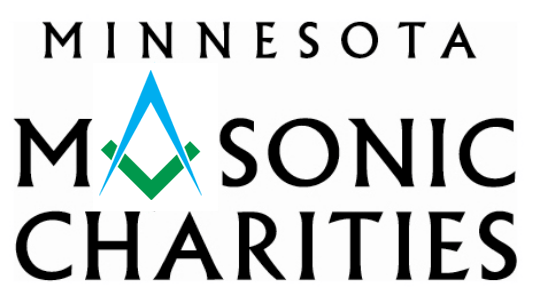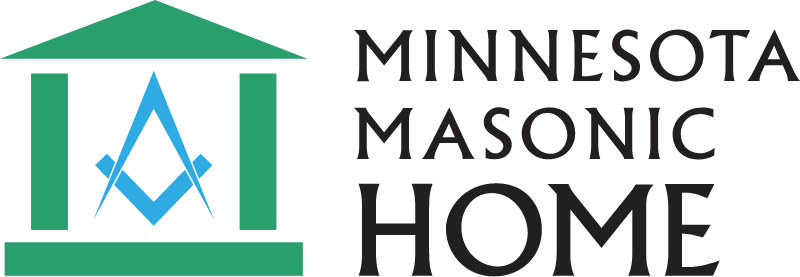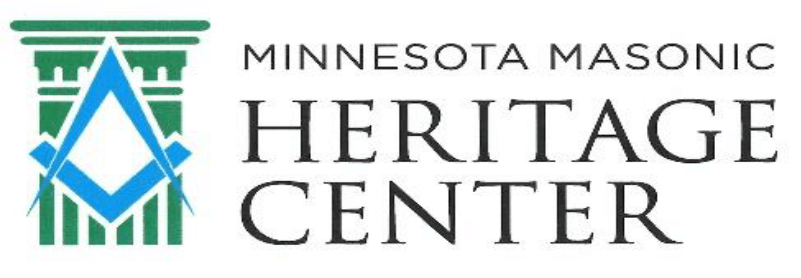Children spend most of their time playing. Fortunately, play helps children understand and learn from their environment and interact with people. Nothing beats toys that children can hold and share with others. Listed below are a few of my favorite toys that I use frequently in therapy and are great for promoting speech and language development through play at home.
- Books
Books are one of my number one go-to toys. When reading together with your child, books can be a multi-purpose language learning tool; tools such as labeling, making predictions about the story, asking/answering questions, following directions, learning vocabulary, working on pre-literacy skills like rhyming and letter identification, and the list goes on. Especially if your little one isn’t talking much or reading yet, put books at the top of your toy list.
- Bubbles
Bubbles are fun for kids of all ages. One of my speech therapy tricks to get children talking is to give them an unopened bottle of bubbles. They almost always learn to request help quickly! Bubbles invite children to engage with others through a variety of social skills like turn-taking and eye contact. These are required skills before learning to talk. Basic vocabulary used with bubbles can be, “up, down, open, shut, blow, fly, away,” and “pop.”

- Dollhouse
A dollhouse is a great way to practice labeling, learning basic concepts (i.e. prepositions, sizes, counting, colors, shapes, categories), understanding actions, following directions and building pretend play skills. You can ask questions like, “Where is the baby?” or “Who is in the kitchen?” You can also tell the child to “Put the car in the garage,” or “Feed the baby.”
- Farm/Zoo animals
Other go-to toys for children are farms or zoo animals. Something about animals is super funny to kids! Maybe it is all the strange sounds animals make or the fact that you can talk about animal pee and poo and they will think it is hilarious. Animals are great for developing pretend play and learning actions. For example, in play, animals can eat, drink, jump, fly, dance, gallop or sleep.
- Balls
Another frequently used item in my therapy is balls. Action words like, “go, bounce, throw, catch, roll, etc.,” are built into ball play. Prepositions are easy when the ball bounces “through” the hoop, “next to” the door, etc. Tactile concepts like hard, soft, bumpy, and size can be targeted if you have more than one. One of the most important skills learned with balls is turn-taking and social sharing when rolling the ball back and forth.
- YOU the parent!
Toys can have wonderful benefits for language learning, but children do not need toys to learn to talk. So. the last recommendation is not a toy, it is YOU! Toys are only toys unless we play TOGETHER with our children. It is then that the toys become teachers.

It is sometimes easy to forget that YOU can be the most fun thing to play with, and you have the most language to give your children! Sing silly songs. Dance. Build a fort. Play tickle monster. Play finger games like Patty Cake or Itsy-Bitsy Spider. Make music with pots and pans. Play with boxes. Most of all, spend time together playing with language and with your little one!
Jillian Little, M.S., CCC-SLP
Speech-Language Pathologist





